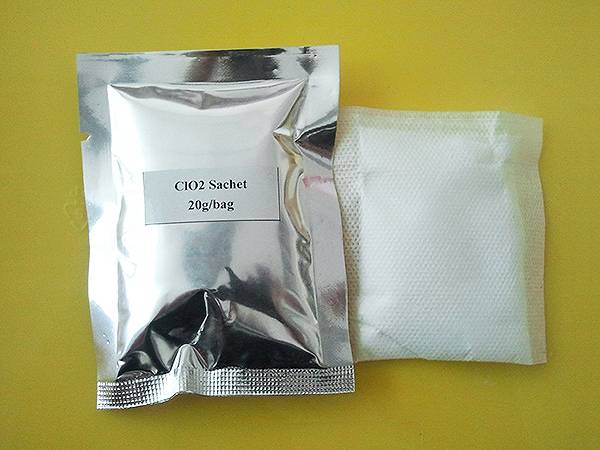



Essential Chemicals for Effective RO Water Treatment Solutions
Understanding RO Water Treatment Chemicals Importance and Applications
Reverse Osmosis (RO) water treatment is a widely utilized process for purifying water, especially in contexts where removing contaminants is crucial. The effectiveness of RO systems largely depends on various chemicals employed throughout the treatment process. In this article, we will explore the essential RO water treatment chemicals, their roles, and their significance in ensuring high-quality treated water.
What is Reverse Osmosis?
Reverse osmosis is a filtration method that utilizes a semi-permeable membrane to separate impurities and contaminants from water. This process is highly effective in removing salts, sediments, bacteria, and other undesirable substances. However, for the RO system to operate efficiently and maintain its longevity, the use of specific treatment chemicals becomes imperative.
Key RO Water Treatment Chemicals
1. Antiscalants These chemicals are crucial in preventing the formation of scale on the RO membranes. Scale formation can significantly reduce the efficiency of the system and lead to costly maintenance. Antiscalants work by inhibiting the crystallization process of salts that could precipitate on the membrane surface, thereby enhancing the system's performance.
ro water treatment chemicals

2. Cleaning Agents Over time, RO membranes accumulate organic and inorganic fouling agents. Cleaning chemicals, such as detergents and acids, are used to remove these fouling substances during routine maintenance. The use of appropriate cleaning agents ensures that the membranes retain their permeability and efficiency over extended periods.
3. Biocides Microbial growth on the RO membranes can lead to biofouling, which adversely affects water quality and system efficiency. Biocides are added to the feed water to control the growth of bacteria and other microorganisms. Regular disinfection helps maintain a healthy system and enhances the overall quality of the treated water.
4. pH Adjusters The acidity or alkalinity of the feed water can impact the performance of the RO system. pH adjusters, such as citric acid or sodium hydroxide, are used to modify the feed water's pH level. Achieving an optimal pH is essential, as it affects both the membrane's integrity and the solubility of various contaminants.
5. Flocculants and Coagulants In certain applications, particularly when treating high turbidity water, the use of flocculants and coagulants is beneficial. These chemicals help aggregate suspended particles, making it easier for them to be removed through the filtration process, thereby enhancing overall water quality.
Conclusion
The use of RO water treatment chemicals is pivotal for the efficient and effective operation of reverse osmosis systems. Each chemical plays a specific role in preventing fouling, maintaining membrane integrity, and ultimately ensuring the purity of the treated water. As water quality becomes an increasingly pressing concern globally, the importance of these chemicals in RO systems will only continue to grow. By understanding and effectively managing the use of these treatment chemicals, water treatment facilities can optimize their processes, reduce operational costs, and provide safer, cleaner water to communities.
-
Why Sodium Persulfate Is Everywhere NowNewsJul.07,2025
-
Why Polyacrylamide Is in High DemandNewsJul.07,2025
-
Understanding Paint Chemicals and Their ApplicationsNewsJul.07,2025
-
Smart Use Of Mining ChemicalsNewsJul.07,2025
-
Practical Uses of Potassium MonopersulfateNewsJul.07,2025
-
Agrochemicals In Real FarmingNewsJul.07,2025
-
Sodium Chlorite Hot UsesNewsJul.01,2025










